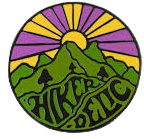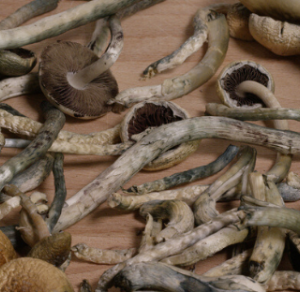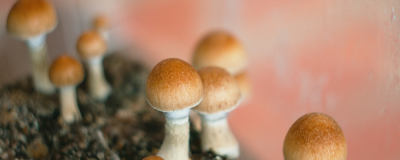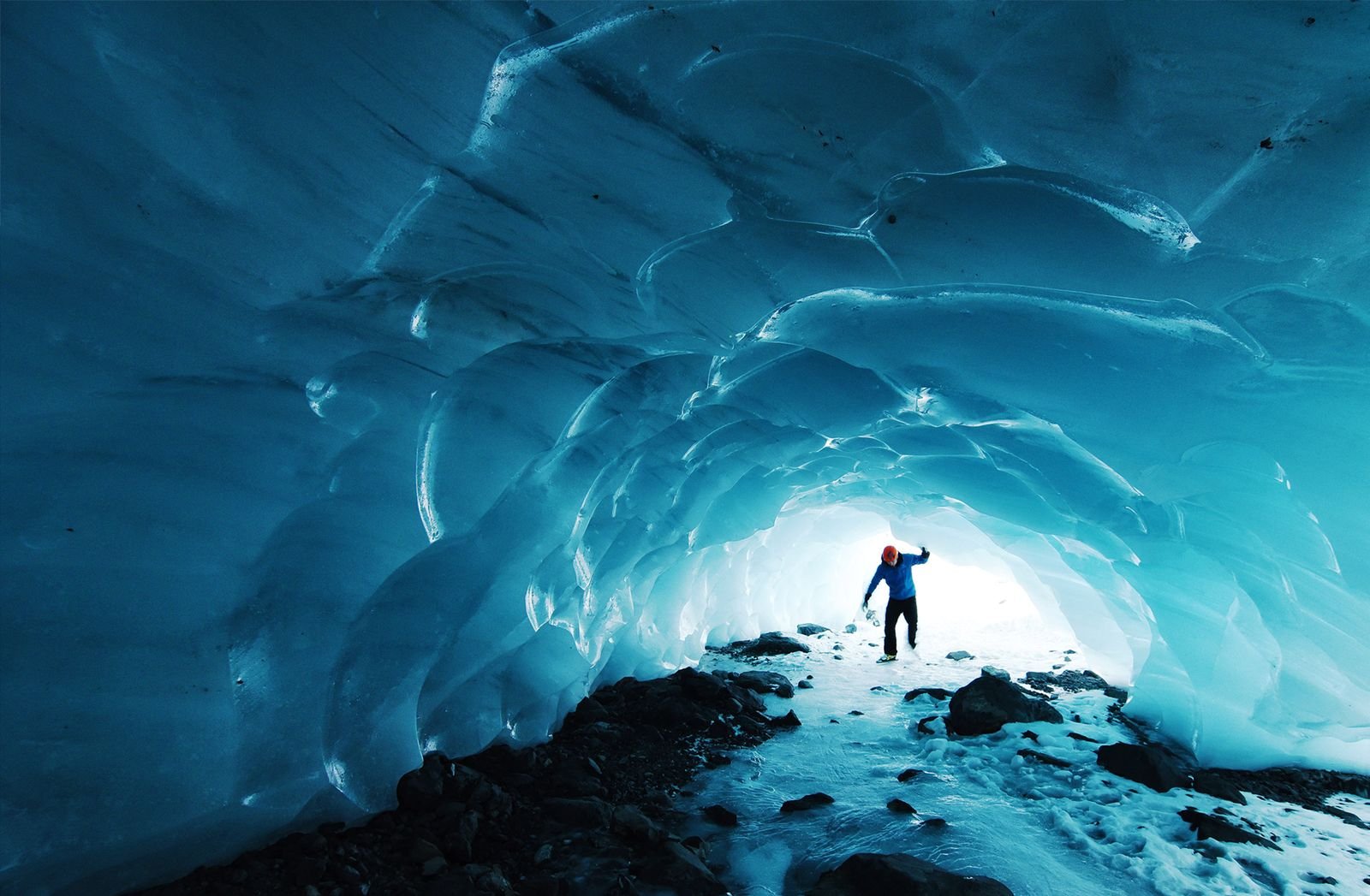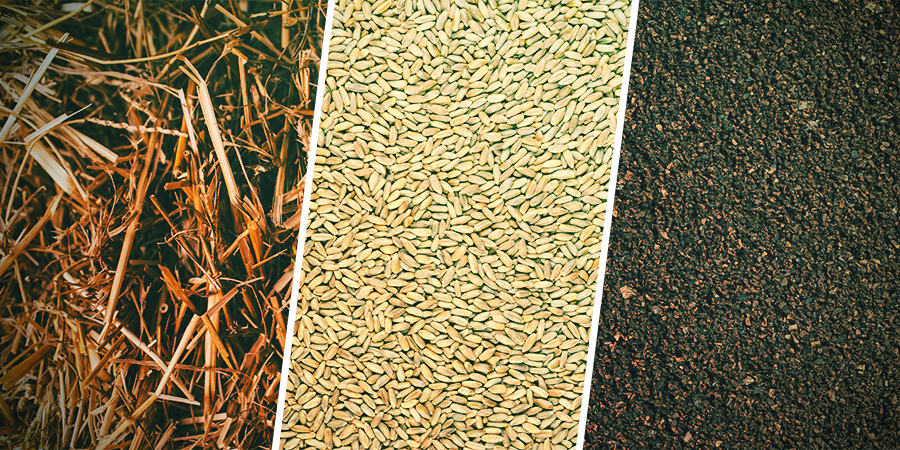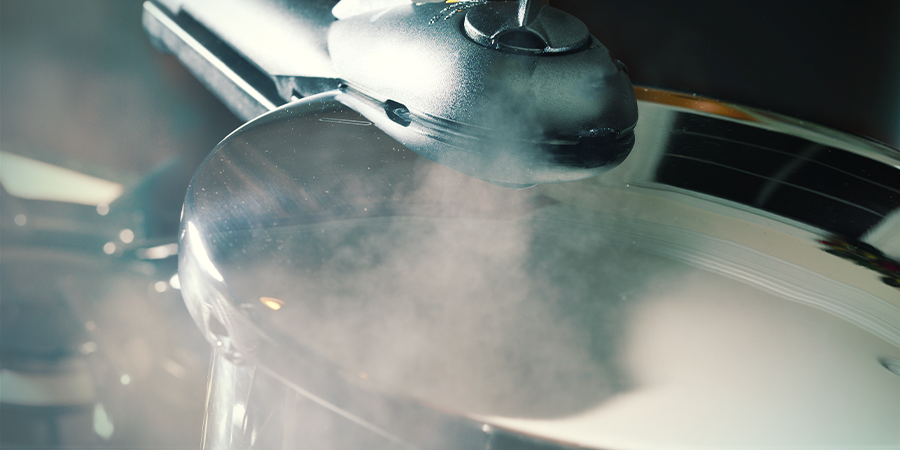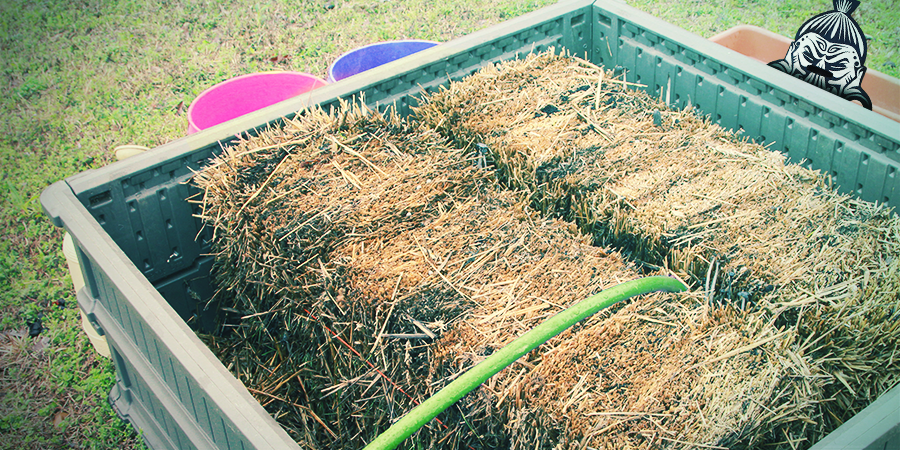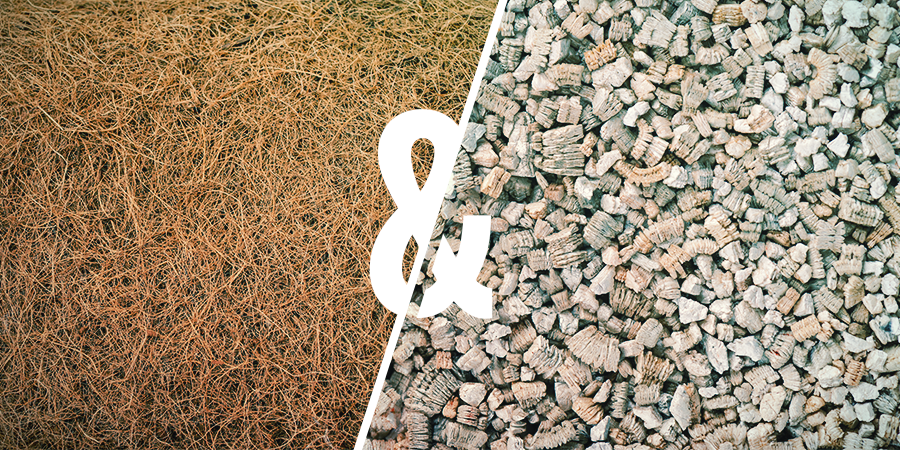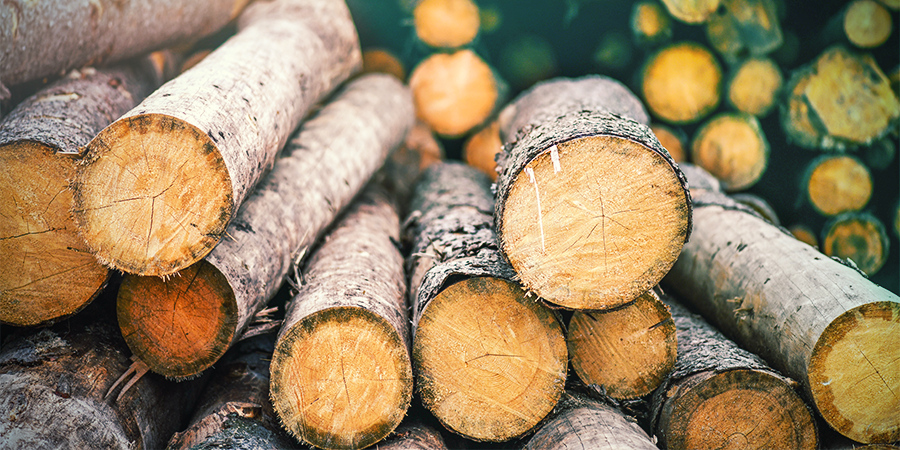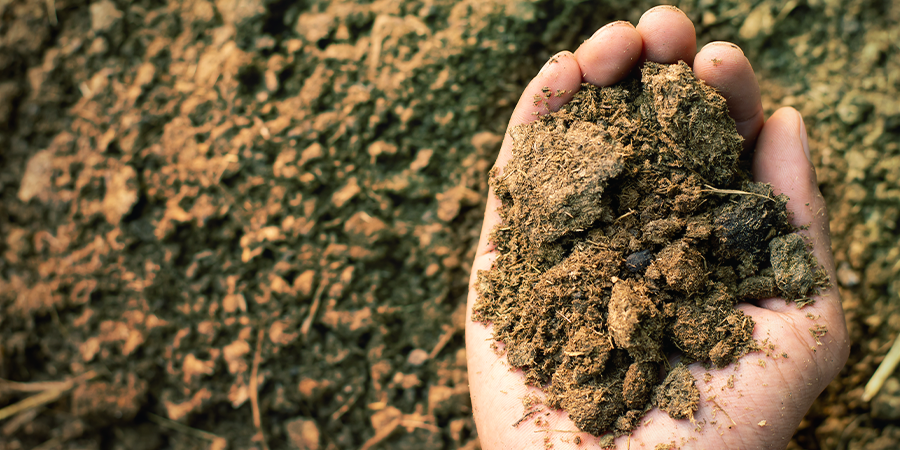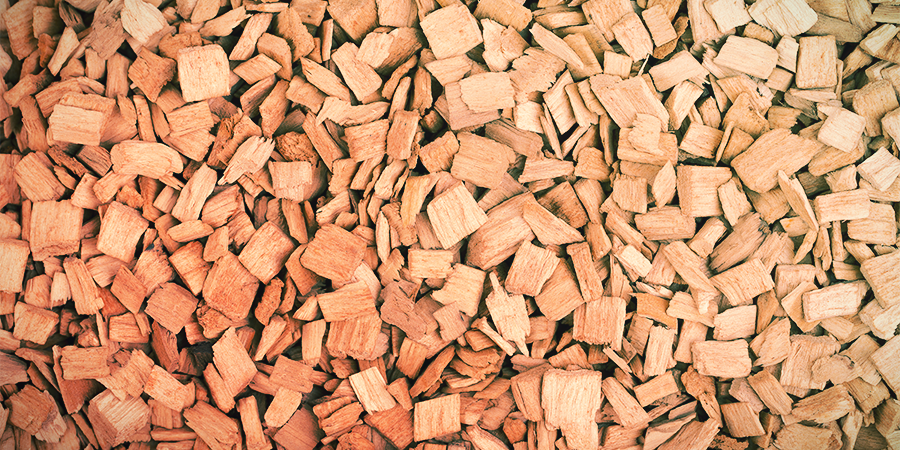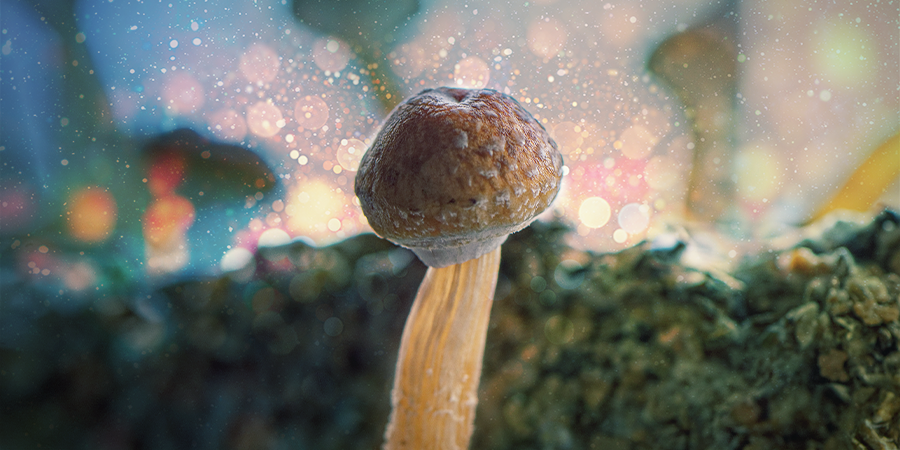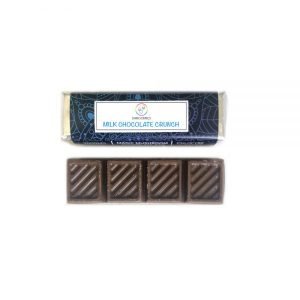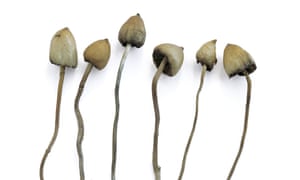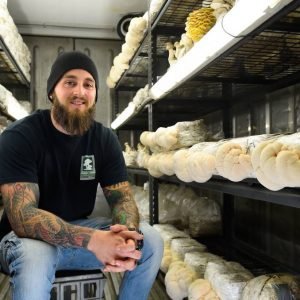Psychedelic mushrooms are found throughout the world and have been used in almost every culture in the history of mankind. The main active ingredient in shrooms, psilocybin, is now being researched for its ability to reduce anxiety, counter paranoia, relieve depression, and increase empathy.
Magic mushrooms are naturally occurring psychedelics, meaning they should be approached with caution, especially if you’re not used to this kind of substance. Currently, experts believe that the best way to take magic mushrooms and enjoy their health benefits is to microdose them — which means taking very small doses throughout the day in order to avoid the psychedelic high.
Similar to other plants, shrooms come in many varieties, all of which can have slightly different effects on you.
Buying shrooms online is now a real thing in Canada. At our shop, we offer a wide range of different psilocybin mushroom strains from fresh to dried shrooms to edibles and beverages.

